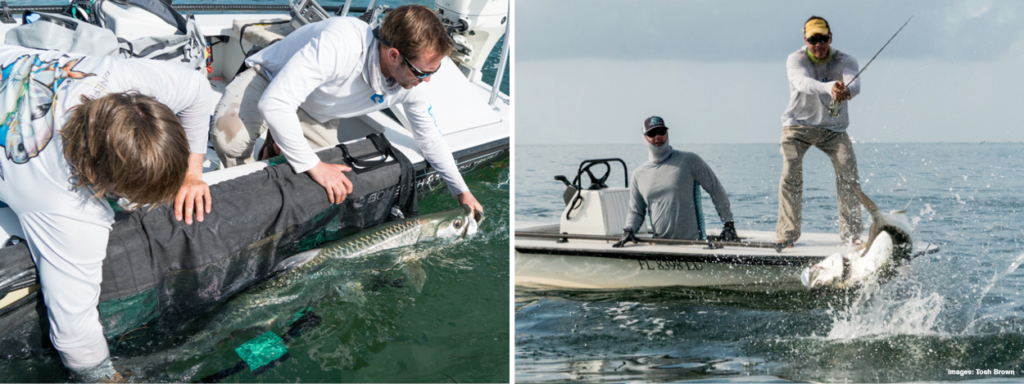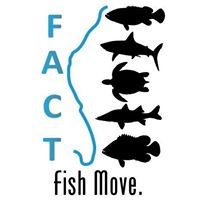
Project Overview
The recreational fishery for tarpon, a net worth garnering multiple millions of dollars per annum, has grown to encompass the Gulf of Mexico, the Caribbean, and as far north as the Chesapeake Bay. However, little is known about tarpon and their movements. Recognizing the need to better understand Atlantic tarpon movements, the Bonefish and Tarpon Trust launched a 5-year Tarpon acoustic telemetry tracking project in March 2016. The project encompasses Florida, Georgia, and South Carolina and researchers are tracking tarpon movements using acoustic telemetry. The goal is to understand the seasonal movement patterns and regional connectivity to provide insight into tarpon life history stages for informed management decisions. The Bonefish and Tarpon Trust and collaborators have approximately 100 receivers deployed, and are also able to take advantage of the network of receivers being used by collaborators in the region. This vast network exceeds 4,000 receivers deployed from Chesapeake Bay to the Gulf of Mexico. As scientists detect tagged fish on their receivers, they share data with other scientists, effectively expanding the study area.
Why this Matters
Understanding tarpon movements will help us to answer questions such as: Are some tarpon residential vs. migratory? Do tarpon have repeatable spawning cycles both in seasonality and in location? How will water quality (e.g., red tide, discharge, lack of freshwater flows) impact tarpon habitats and their movements? Answering these questions will help inform conservation measures, including the protection of critical habitats and improvements to fishing regulations.
Lead Organizations
- Bonefish and Tarpon Trust
- University of Massachusetts
- Carleton University
Supported by
Project Status
- Ongoing
